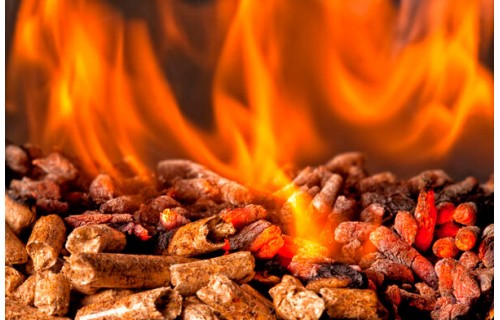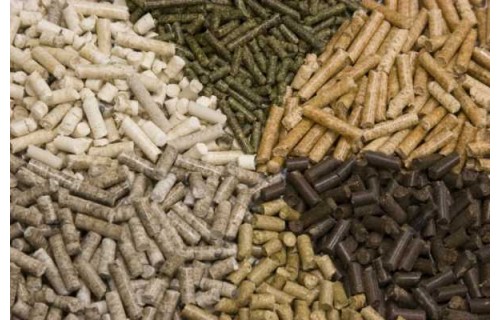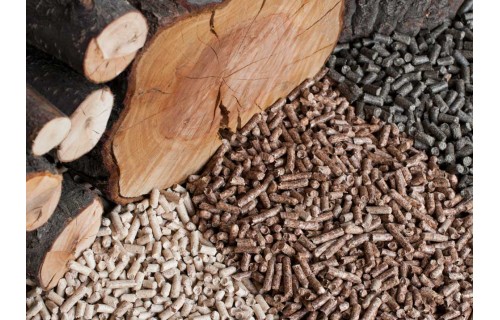Is pellet a good fuel?

From 2024, the modernization of heating share of energy used to heat buildings, and obtained from renewable sources, should be a minimum of 65%. With the recent turbulence in the market, jumps in the price of fossil fuels, as well as uncertainty about their availability, the question arises as to what type of heating is both practical and economical.
Given that Wood is considered a renewable fuel throughout Europe, the choice of heating with a pellet boiler seems to be a good option. This is supported by the following arguments:
- pellet is an environmentally friendly fuel with low dust emissions,
and its CO2 balance can be considered completely neutral, because its combustion produces only as much CO2 as the tree takes from the atmosphere during its life
- is formed from wood waste after tendering processes
and cutting in the sawmills.
- is an independent fuel and is not subject to conditions specific to fossil fuels, e.g. import restrictions.
- excluding the so-called "Force Majeure", the availability of pellet is guaranteed by numerous manufacturers, including regional ones, who invest in pellet makers
with small and medium capacity, they meet the needs of the surrounding consumers. Its availability is practically unlimited.
- it can be an economical alternative to coal, gas and oil.
Let's analyze this last aspect. Assuming in the heating season (6 m-cy) temperature
in rooms at 21℃ , to heat a well-insulated house of 150m2 and equipped with a Class 5 boiler (efficiency 90%), we need approx. 4500 kg of pellet.
In the case of a new generation coal boiler, we will need approx. 4000 kg of eco-powder. Assuming that the price of 1 ton of ecocarp is currently approx. 2000 and pellet approx. 1800 PLN we get for pellet heating the cost of 8100 PLN, and for coal heating approx. 8000 Gold. The difference is seemingly insignificant, however, it should be remembered that due to the harmful effects on the environment, coal prices in the coming laatch may rise. In addition, we must remember that the National Air Protection Program does not provide for the use of coal as a fuel for heating in the city from 2030, and from 2040 in the countryside. The big advantage of pellet is its cleanliness in use – it just does not get dirty. From 1 ton of burnt pellet remains no more than 5 kg of ash, while
in the case of the ecocarbon type, this is a minimum of 40 kg, and the Walnut type from 70 to 120 kg.
In countries such as Germany and Austria, price disparities between energy carriers are greater than in Poland. The cost of producing 1 kWh of pellet is about approx. 30% lower than for natural gas and fuel oil. This includes government support programs. It cannot be ruled out that soon such price differences will also occur in Poland.
Summary
In Poland, it is cut annually. 40 million cubic meters of wood. That's the equivalent of 40 million trees, and that amount represents roughly 75% of the annual growth, and that means that trees absorb more CO2 each year as pellet burns and wood emits it.
Pellet's future is secure. The largest pellet producers in Europe-Germany, France, Italy, Denmark and Austria-are increasing production capacity and building new plants. In Austria
over the next 3-4 years, 11 additional pellet plants are to be built. Then the production capacity of these 51 sites will allow the production of 2.2 million tons of pellet. This represents an increase of 30% compared to 2022.
In Poland in 2021 produced approx. 1.1 million tonnes of pellet, an increase of approx. 50%
compared to 2015. Data for 2022 is not yet available, but we can expect the largest % - growth in recent years, reaching up to 30%.
Pellet has a very large development potential in the field of industrial use,
and the European Commission's policy objectives force the replacement of old coal-fired boilers with pellet-fired heating systems.






